April 2020 – Salute means health in Italian. Health – good health, it’s what we wish for people all the time. How are you? Are you well? It is understood that without health our lives are difficult, painful, sometimes even too short. Health is the most important thing we can have – not money or possessions but good health. A previously unknown illness circles the globe in just a few months, the speed of infection and rapidly increasing numbers of cases has quite literally paralysed our daily lives. A background dialogue of fear, uncertainty and concern permeates every aspect of our existence. Our entire economy has been shut down. Just like the Black Death of the 14th century there is no end in sight. And yet various waves of plague arrived in Venice over the centuries with disturbing regulatory.
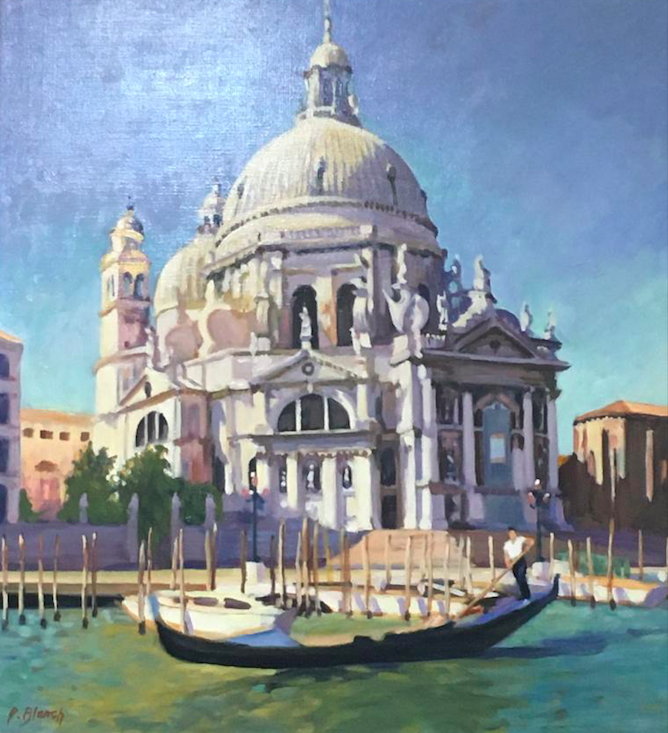
The City of Venice, my beloved adopted city, dominated trade in the Eastern Mediterranean for hundreds of years. Cargoes from Syria, Turkey, Egypt and Africa arrived daily in the lagoon. The boats were crewed by every nationality; Greeks and Arabs, Persians and North Africans. Sometimes the ships brought disease with them. On at least three occasions the plague arrived in the city, delivering illness and death to the population.
Firstly in the 1340s ‘La Peste‘ arrived, a horrible lung infection that was fatal to anyone who contracted it. ‘La Peste‘ spread rapidly throughout Italy. This was the time when Giovanni Boccaccio wrote ‘The Decameron’ a series of stories told by a group of young people escaping the plague in Florence (I recently wrote about this and there’s a link at the bottom of this article). Then in the 1570s the plague was back in Venice – this time carried by rats. Less than a century later the plague visited yet again – in the 1630s. On each occasion there were tens of thousands of victims. In fact the Venetians invented the concept of ‘quarantine’ when a ship arriving from foreign shores and suspected of carrying disease was held on an island, on the edge of the lagoon for a period of forty day. This was the period of time deemed necessary to isolate people, so that you could be sure they were not infected. Forty in Italian is ‘quaranta‘ and from this the term ‘quarantine’ was taken. The Venetians appointed government officials to supervise the ‘quarantine’ of any groups of people or individuals showing signs of illness.
A quarantine island was established in the lagoon at Lazaretto Vecchio in 1408, it was used as a hospital and medical isolation area for several hundred years. Later a second quarantine island was created at Lazaretto Nuovo. The idea of isolating sick people and thus containing the spread of disease was a success. Recently archaeologists working on Lazaretto Vecchio discovered several mass graves, they suspect there are many more waiting to be uncovered. For many of those who died here were strangers on a foreign soil, they died leaving no personal record behind.
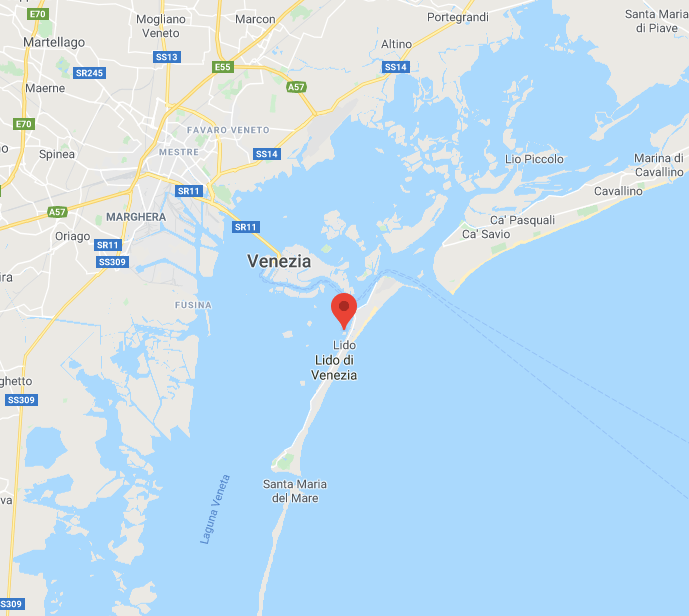
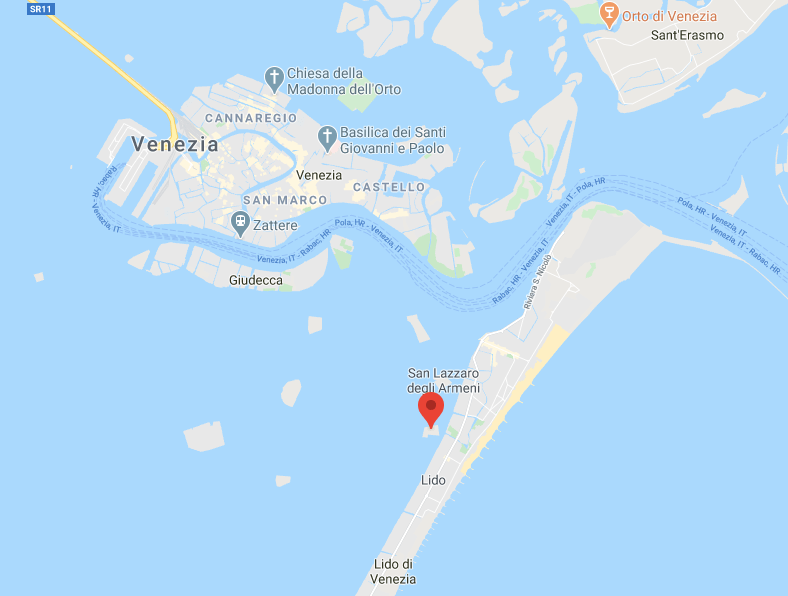


As well as setting up a quarantine island in the lagoon, the Venetians also did a great deal of praying for deliverance from the plague. After all the Venetians were merchants and traders, their business depended on ships and cargoes of exotic goods. So when the impact of the plague finally receded in the 1580s, grateful Venetians commissioned architect Andrea Palladio to build the fabulous ‘Redentore’ Church, on the Giudecca Island as a thank you to God for delivering them from the deadly torment. Every July there is a special feast day celebrating the feast of the ‘Redentore’ a poignant reminder to us that Venice survived the plague.
In the 1630s the plague was back again in Venice. This time more than a third of the population died. Once again the city leaders decided to build a church to celebrate Venice’s survival. The result was the Basilica of Santa Maria della Salute, a Baroque masterpiece by Baldassare Longhena. ‘Salute’ meaning good health was a perfectly appropriate concept for a city recovering from the plague. The ‘Feast of La Salute’ has taken place in November ever since. To this day it is one of the biggest public holidays and religious festivals of the year for Venetians.

On the 21st November, every year, crowds flock to the ‘Salute’ church to light candles, give thanks and most importantly meet up with friends. The square outside the church is packed with makeshift stalls selling candles and trinkets. Inside the church there’s a sea of young volunteers taking bucket loads of candles from eager visitors and lighting them. In November last year, I was present at the ‘Festa della Salute‘ in Venice, along with most Venetians. It was only days after the high water flooding that had caused great damage to Venice and the islands of the lagoon. The church was filled with people; families, couples, children, pensioners, all bearing candles. The interior of the church was beautifully decorated with pink roses. The atmosphere was joyful and grateful – even though just days before, Venice had been inundated by water. I was overcome with respect and admiration for the Venetians; tough and resilient, clever and hard-working, kind and funny. If any group of people know how to deal with adversity then it is the Venetians. I have the greatest respect for Venice and her people, they really have got backbone.
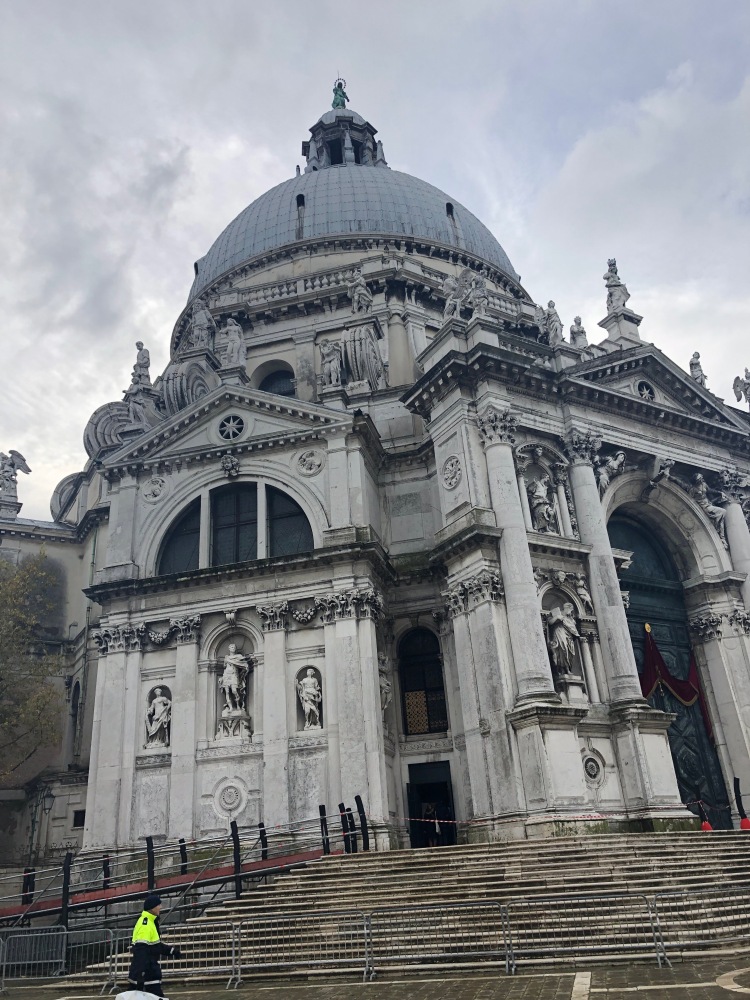
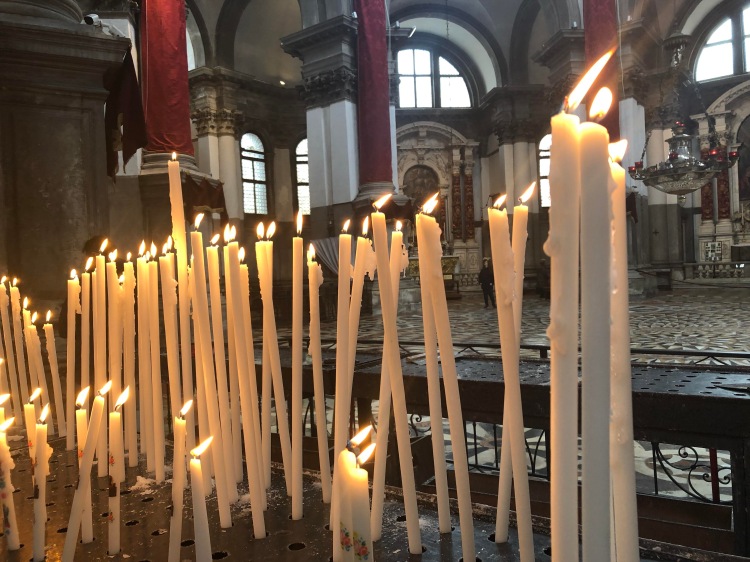

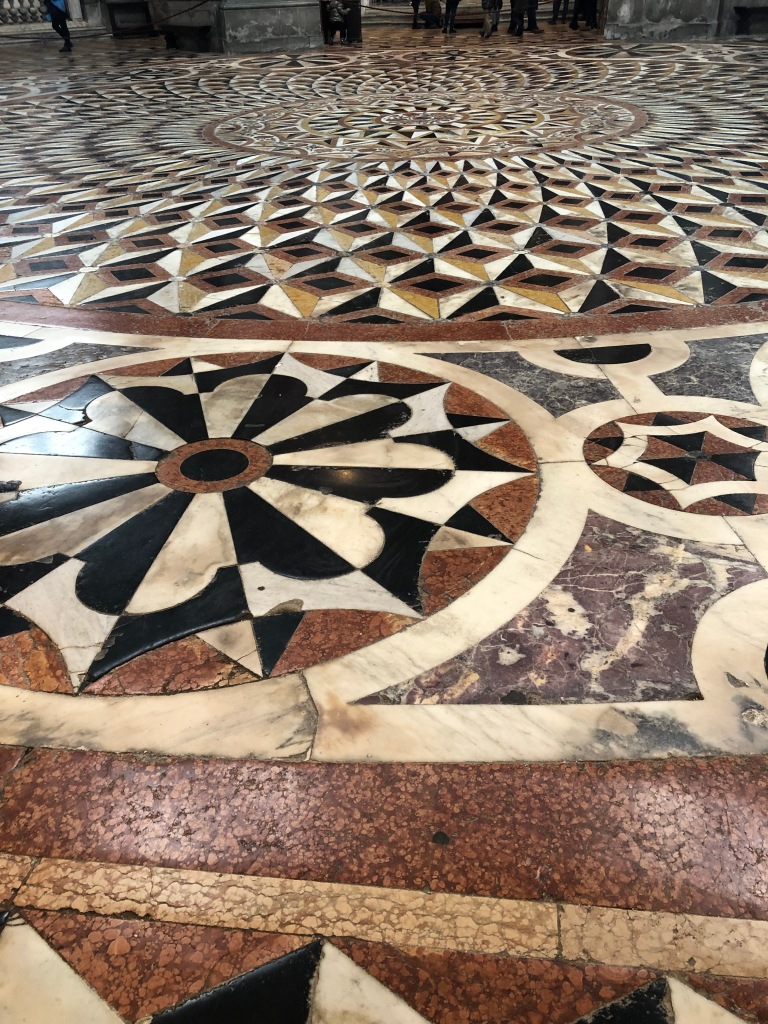
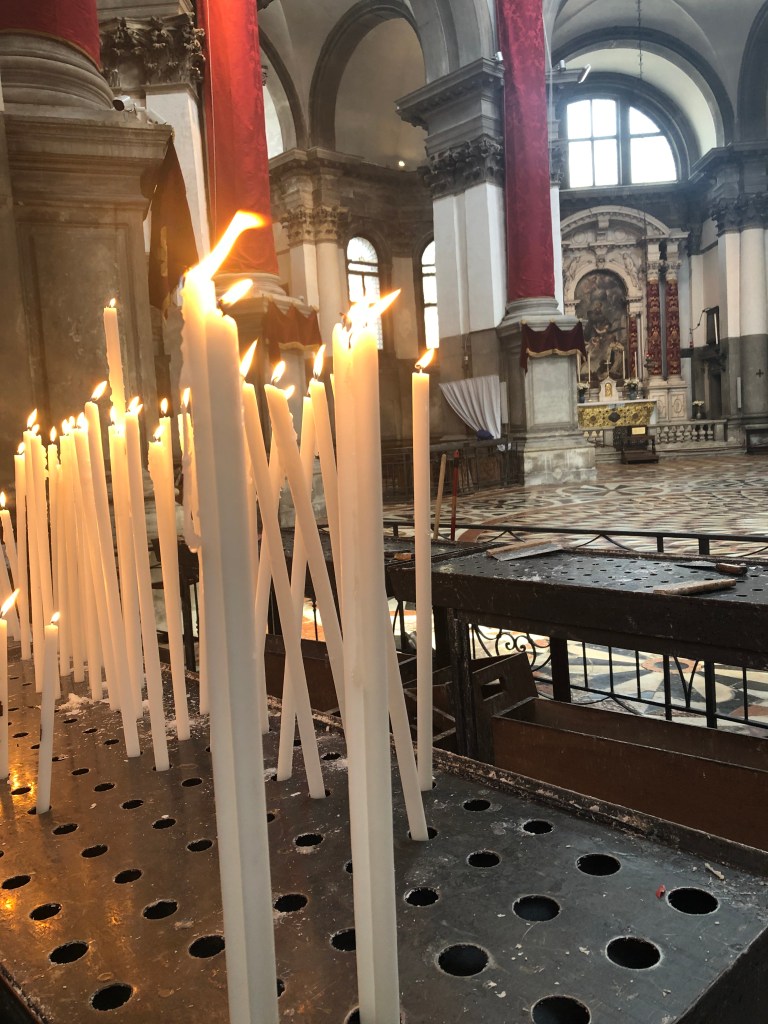
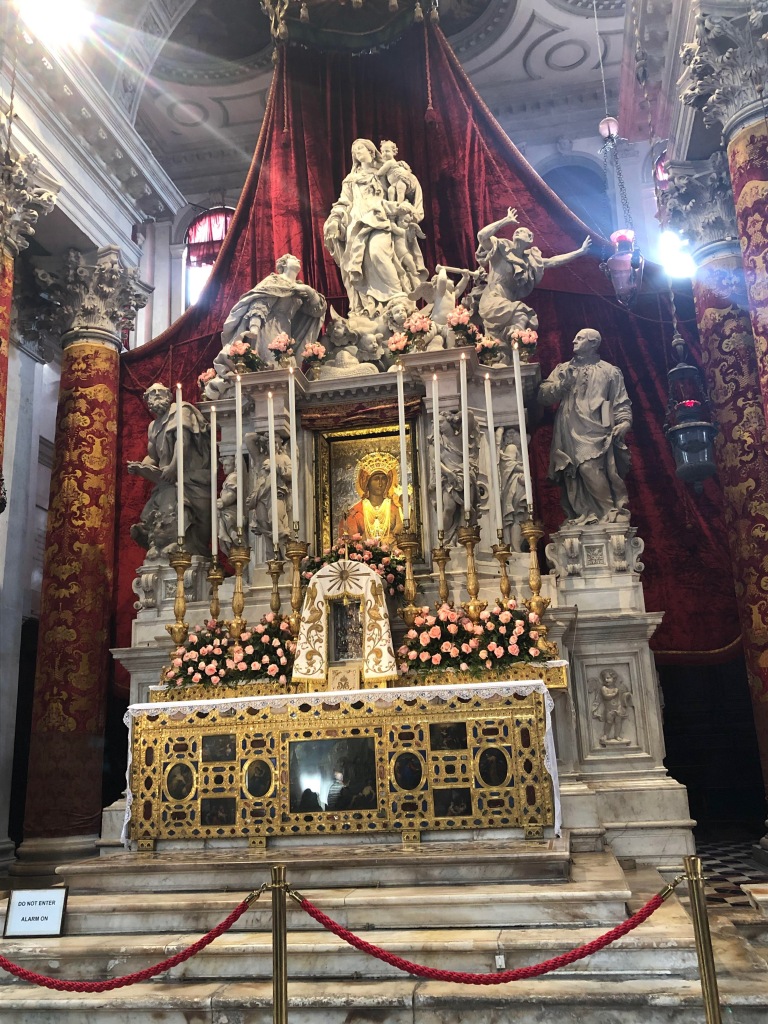
Santa Maria della Salute – Festival Day, November, 2019

Writers and artists are often inspired by difficult times and unsettling events. Fear of the unknown causes us to recalibrate what really matters to us and what can be disregarded as frivolous nonsense. Even in the last century there have been several examples of epidemics causing havoc and disruption to the normal order of things. Thomas Mann’s novella ‘Death in Venice’ published in 1912, is set on the Lido of Venice and features a great writer suffering writer’s block and the effects of advancing years. Meanwhile the city of Venice succumbs to an outbreak of cholera that brings both writer and city to its knees. Perhaps it is the unexpected and unforeseen nature of these contagious and deadly diseases that we find so frightening. Unpredictable and difficult to control, they are a threat to us all, regardless of age, gender or social position.

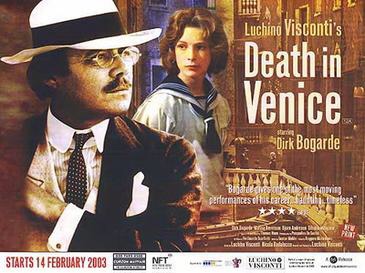
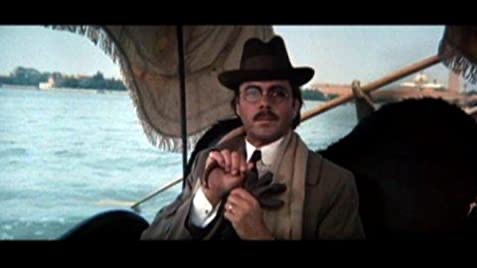
Dirk Bogarde starred in ‘Death in Venice’ 1971 film by Visconti, filmed in Venice and on the Lido
April 2020 – I have to confess that I moved to Venice and in fact, more precisely to Lido di Venezia last year. I am currently marooned in London, unable to return to my beloved Venice. It hurts, it’s horrible, like a strange surreal dream. The advent of a global plague in the 21st century seemed unthinkable, the stuff of horror movies and nightmares. And yet it has happened, it is happening and we don’t know how long it will last. Such incredible and unbelievable events force us to question our usual assumptions about our lives. Assumptions of good health, peace, order and tranquility. The right to travel anywhere and everywhere. A set of privileges that our parents and grand-parents would never have taken for granted. A set of ideas and assumptions that we should now reconsider very carefully indeed with a new found modesty and appreciation.
If we need to look at a group of people adept at dealing with adversity we need look no further than the Venetians. They can teach us all a thing or two about resilience and stoicism in the face of very challenging situations. I’ll be back there at the earliest opportunity ‘God Willing’……and I’m not even a believer, exactly…….

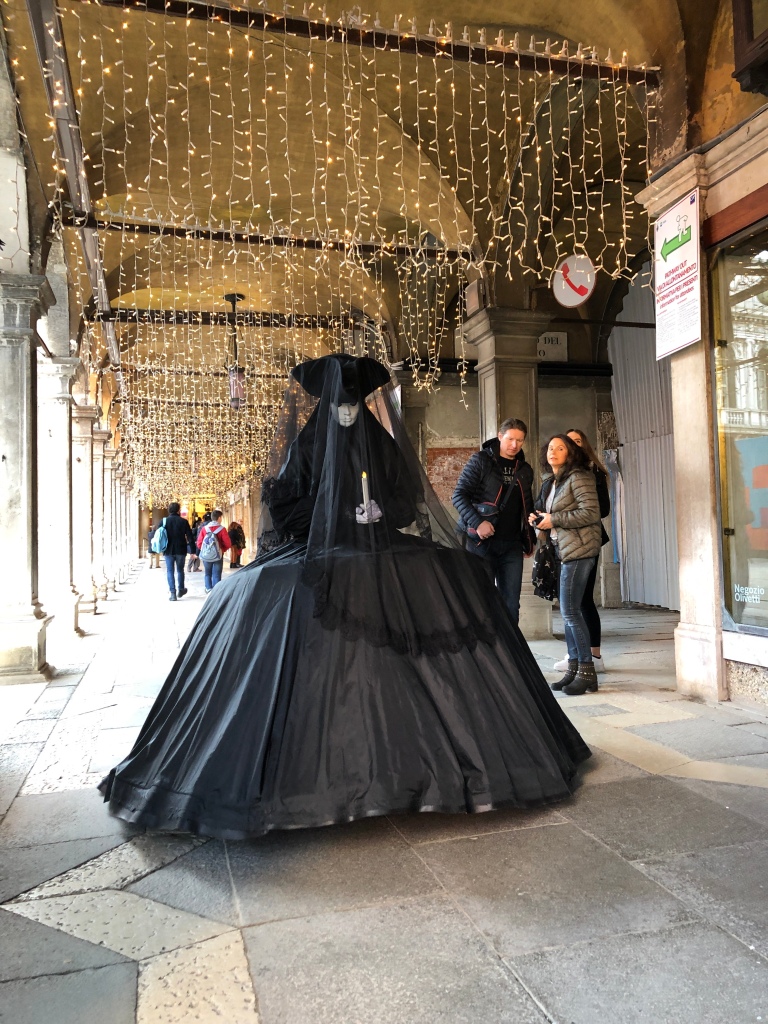
The Plague Doctor (left) in 18th C Venice. The beak of the mask was filled with aromatic herbs to cover the stench of decaying corpses. Right – the widows weeds – she wears them well! Carnevale 2020 – a perfect example of 17th century social distancing
Notes:
- The Basilica of Santa Maria della Salute is a Baroque masterpiece by Baldassare Longhena (1598-1682). Construction started in 1631. You can discover more of the history of the Basilica of Santa Maria della Salute and brush up on your Italian here: https://basilicasalutevenezia.it
- The Querini Stampalia Foundation in Venice recently released this excellent video about ‘la peste’ the plague in Venice. Strongly recommended. https://youtu.be/qAci7peZD6s
- Venice was visited by plague and disease at least three times during the city’s exceptional maritime history, the idea of Quarantine originated and was developed in Venice: The origins of the term “quarantine”
- During the 1340s plague raged throughout Italy. Boccaccio wrote ‘The Decameron’ at this time. In case of interest I recently wrote about this – here: Italy – enchanted gardens story-telling and survival…
- The Church of the Redentore was designed by Andrea Palladio (1508-1580). Building started in 1577. This too was built by grateful Venetians, having survived the plague. To this day the Redentore is a wonderful and important spiritual centre in Venice. Here’s more: Venice and The Redentore – the Redentore Festival is celebrated every July andis a joy to behold. Strongly recommended.
- For those suffering stress and anxiety in the current climate I’d recommend reading a really, really good book. Reading is an escape for me, it is a healing escape for my mind. Libraries have a wonderful elixir-like effect on my mood and my well being. Whilst libraries are out-of-bounds we can still enjoy reading. Here’s my take on the healing power of libraries and books: A Library is a Sanatorium for the Mind
- For other articles on Italy, The Alps, British Isles, Life and Travel, I invite you to explore further: www.educated-traveller.com
- I’ve also written about the ‘Islands of the Venetian Lagoon’ at: https://educated-traveller.com/2016/11/02/venice-the-lagoon-of-venice-italy/
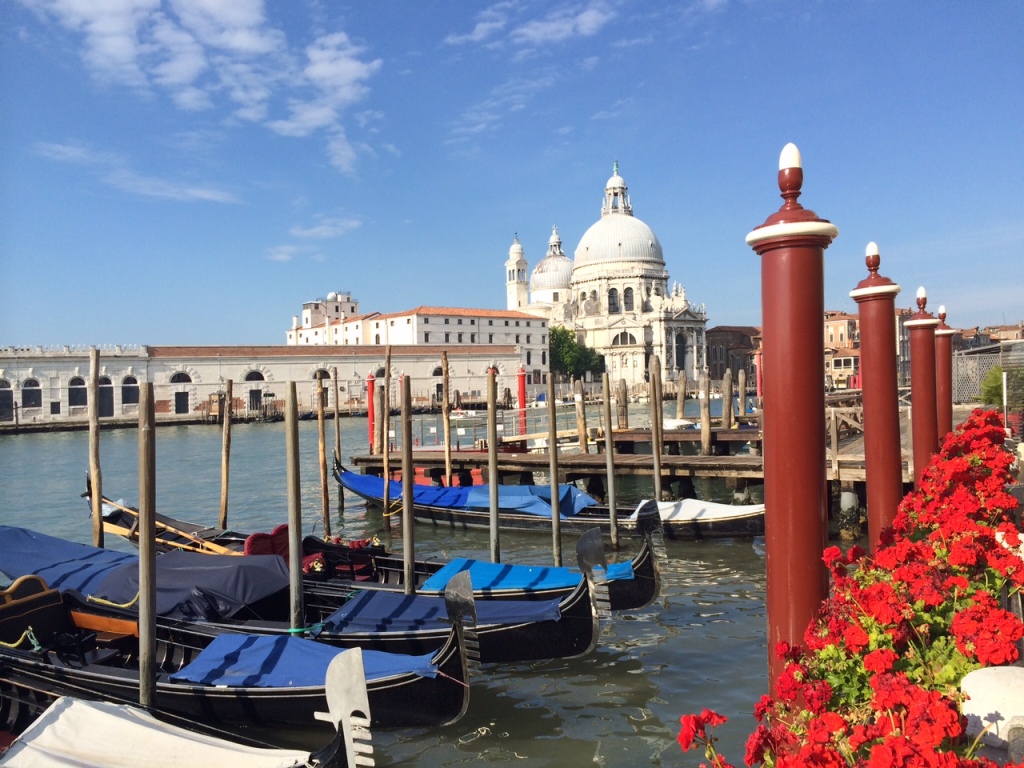
- First posted: 1st April, 2020
- Updated: 8th April, 2020 / 20th October, 2020
- Happy Reading!
- Fascinating stuff


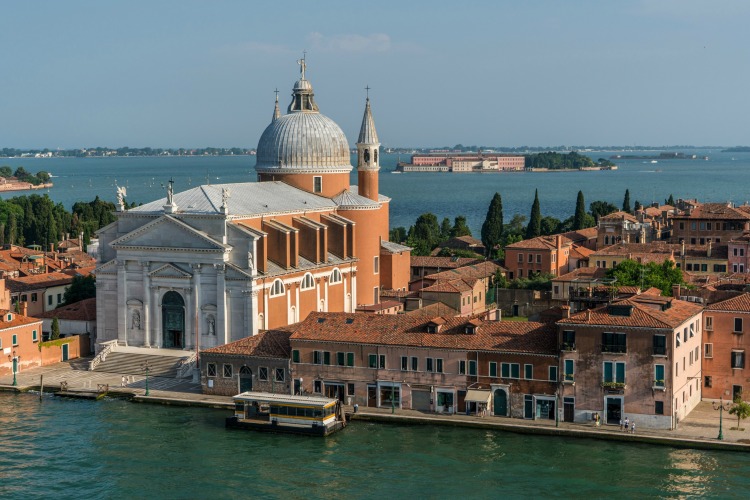
Dear Janet; thank you for an exquisite post. Much appreciated in this difficult time, and a reminder of so many precious things we have taken for granted. Stay well.
LikeLiked by 1 person
Thank you Sandra – I so appreciate your kind words. Andrew (my husband) and I moved to Lido di Venezia last September. We absolutely love it. We are renting a nice town house. There was quite bad flooding in Venice last November, but it’s amazing how the Venetians just pick up the pieces and carry on. So impressive. Then the ‘virus’ reared it’s ugly head. At first we thought it would blow over – clearly we were wrong. We came back to England for our son’s wedding a month ago and then of course, it all started to escalate. Still here in London a month later. My poor little dog at the dog-sitter on the Lido. Hoping to get back soon. J xxx
LikeLiked by 1 person
Oh my goodness. So sorry you are separated from your pup. That would put me over the edge. Yes we saw reports about the terrible flooding. Still such a magical place. I hope you can return sooner rather than later. Such a tragic situation in that region. Hard to imagine.
I was scheduled to fly across the pond the first week of May, to spend time with friends in the Lakes, and then my husband was to meet me in London. I had tickets to the Chelsea Show and London Festival of Baroque Music. A total dream trip. Alas, it’s going to remain a dream! At least we seem to be healthy unlike so many unfortunate people especially in my home state (NY). It may sound trite but I really do feel more grateful for little things nowadays. So happy I can FaceTime my sons who live on opposite sides of the US.
Please stay well and keep posting your lovely pieces!
LikeLiked by 1 person
Likewise! Perhaps one day when you are in England or Italy – we can meet – I think you said nice things about my ‘escape scarf’ article! Thank you xxx
LikeLike
What a pickle we’re all in, Janet–thank you for giving us some insight into how Venice has coped with adversity in the past.
LikeLiked by 1 person
Ah yes it is a pickle indeed – very well put! With love from London xxx
LikeLiked by 1 person
With love from the pickle makers! J xxxxx
LikeLike
Even better the second time around–maybe because we’ve been involved in this pandemic or so long.
LikeLiked by 1 person
You are just too kind!
LikeLiked by 1 person